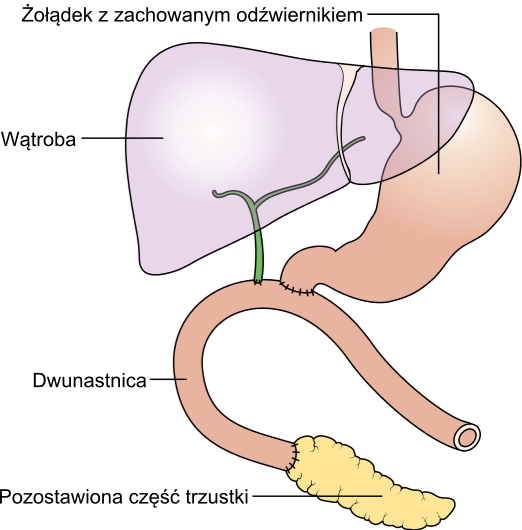How technology has made pancreatic surgery many times more safe?
Emergence of specialized pancreatic surgeons with better understanding of pancreatic diseases and refined surgical techniques coupled with an effective management of procedure related complications has resulted in the current era of pancreatic surgery with low mortality and acceptable morbidity.

- Country:
- India
The emergence of specialized pancreatic surgeons with a better understanding of pancreatic diseases & refined surgical techniques coupled with effective management of procedure-related complications has resulted in the current era of pancreatic surgery with low mortality and acceptable morbidity.
“Modern pancreatic surgery can aptly be described as being safe, elegant, patient-friendly surgery that is based on highest quality medical research ('medical evidence') and increasing utilizes minimally invasive surgical techniques such as robotic surgery. Over the last 2 decades, notable advancements have been made in all domains of pancreatic surgery for Pancreatic necrosis following severe acute pancreatitis, chronic pancreatitis, Pancreatic cancer" said Dr Dinesh Singhal, a leading pancreatic surgeon in Delhi. Severe acute pancreatitis (SAP) with bacterial infection of pancreatic necrosis is one of most serious pancreatic diseases that necessitate intervention for salvage. About a decade ago, this disease entity was treated by open surgical removal of dead peripancreatic tissue ('necrosectomy') – a procedure associated with high mortality and complication rates.
Over the last decade, 'Step Up Approach' has emerged as the preferred alternative treatment strategy for SAP patients with infected necrosis. As initial management, surgical drains are placed in such infected collections under CT scan guidance. This minimally invasive approach may help avoid further surgical intervention in up to 2/3 of SAP patients with infected necrosis. The patients who do not adequately respond to such drain placement are advised to undergo a laparoscopic necrosectomy. Modern management of infected pancreatic necrosis has thus evolved towards more patient-friendly minimally invasive interventions with better outcomes. Minimally invasive surgical techniques are being increasingly utilized which make surgery for chronic pancreatitis (CP) more acceptable option than ever before.
“The aim of treatment for patients with CP is lasting relief of pain and available options include endoscopic therapy and surgery. It is pertinent to add that pancreatic ductal stones in the absence of pain do not require any further treatment. In contrast, surgery for CP has several advantages. It can be performed safely with minimal blood loss and postoperative complications and offers lasting pain relief in up to 80% of patients. Also, there is emerging evidence that early surgery may lead to preservation of pancreatic function," added Dr Singhal.
The emergence of specialized pancreatic surgeons, refinements in surgical techniques and image-guided, effective management of complications have resulted in mortality of Whipple's procedure ranging between 1-5% at centres of excellence. With the safety of the Whipple's procedure no longer a matter of debate, novel strategies are now being adapted to expand the indications of surgery. Also in line with other domains of pancreatic surgery, minimally invasive surgical techniques including robotic-assisted surgery are being increasingly utilized for Whipple's procedure without any compromise on quality or safety of surgery.










